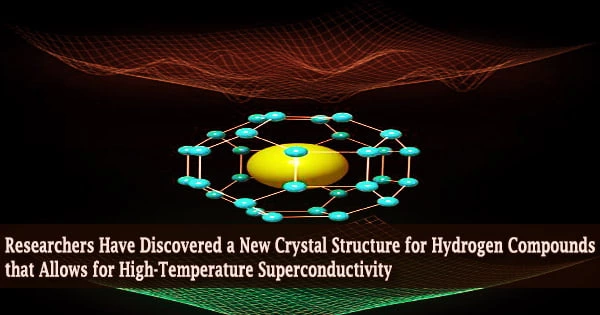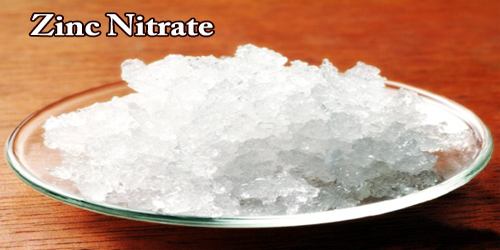The elimination of electrical resistance in some materials below a specific temperature, known as the “transition temperature,” is known as superconductivity. The phenomena has enormous implications for transforming technology as we know it, allowing low-loss power transmission and electromagnetic force maintenance without the use of electricity.
However, superconductivity typically necessitates extremely low temperatures of ~30 K (liquid nitrogen’s temperature is 77 K) and, as a result, expensive cooling systems.
Superconductivity must be developed at significantly higher transition temperatures to have a chance of developing a low-cost superconducting technology. On this front, materials scientists have made a breakthrough with crystalline hydrogen-containing compounds known as “metal hydrides.”
These are metal-hydrogen compounds that have been predicted and demonstrated to be suitable candidates for obtaining even room-temperature superconductivity. However, doing so necessitates extremely high pressures, limiting their practical applicability.
A group of researchers led by Professor Ryo Maezono of Japan Advanced Institute of Science and Technology (JAIST) used computer simulations to widen the search for high-temperature superconductors, looking for suitable candidates among ternary hydrides (hydrogen combined with two other elements).
In ternary hydrides, the number of elements is increased from two to three. While this enormously increases the number of possible combinations and can make the problem of predicting suitable materials more difficult, it also increases our chances of coming across a potential high-temperature superconductor.
Prof. Maezono
“In ternary hydrides, the number of elements is increased from two to three. While this enormously increases the number of possible combinations and can make the problem of predicting suitable materials more difficult, it also increases our chances of coming across a potential high-temperature superconductor,” explains Prof. Maezono.
The researchers looked at various crystal structures for (LaH6) (YH6)y molecules (y= 1-4) using the university’s supercomputer, looking for configurations that would provide stable structures and allow their synthesis in the lab at high pressures.
Starting with a random structure, the simulations tested the stability of various combinations of elements under extraordinarily high pressures of 300 GPa.
Clathrate (Cmmm-) structures of LaYH12 and LaY3H24, which consist of LaH24 and YH24 cages stacked on top of each other, were discovered to be feasible candidates for high-temperature and high-pressure superconductors in the simulations.
“The longer stacking for Cmmm-LaY3H24 lead to a slightly increased transition temperature,” explains Prof. Maezono. Among the possible structures, the highest transition temperature (145.31 K – 137.11 K) was observed for LaY3H24.
The greater transition temperature was attributable to a high “density of states” and “phonon frequency,” two criteria used to determine superconductivity in materials, according to the researchers.
These findings have piqued the interest of the experts, who predict the discovery of more high-temperature superconductors in the future.
“It is quite possible to predict using simulations other new combinations of elements that would improve the desired properties further,” says Prof. Maezono.
A realistic superconductor-based technology may not be a pipe dream after all, with potential new discoveries on the horizon!
















